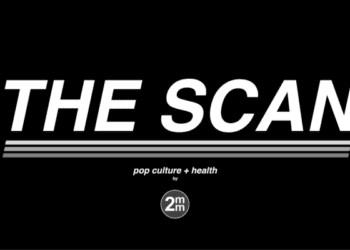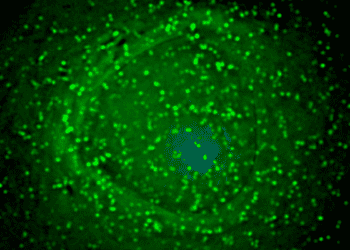Informal social gatherings such as birthdays associated with increased rates of COVID-19 infection
1. This cross-sectional study found that events leading to informal social gatherings, such as birthdays among households, were associated with increased rates of diagnosed COVID-19 infection.
2. COVID-19 diagnoses per 10,000 individuals were higher among child birthdays than adult birthdays, further highlighting informal social gatherings as a potential important source for SARS-CoV-2 transmission.
Evidence Rating Level: 4 (Below average)
Study Rundown: Although it has been established that SARS-CoV-2 spreads primarily through person-to-person contact, most policies designed to stop COVID-19 transmission have been aimed at reducing formal gatherings in workplaces and commercial centers. Informal social gatherings are another important contributor to COVID-19 transmission. However, due to challenges in privacy, methodology, and data collection, the role of small informal social gathering in the spread of COVID-19 is largely unclear. This cross-sectional study sought to assess the association of informal social gatherings, in the form of birthdays, with SARS-CoV-2 transmission by evaluating and quantifying changes in COVID-19 infection rates after birthdays in households. Data was compiled using a large commercial insurance database from Castlight Health, a major insurance provider for employers in the United States and included health care information from 2.9 million households collected in the first 45 weeks of 2020. Among households in the top decile of county COVID-19 prevalence, those who celebrated a birthday had 8.6 more diagnoses of COVID-19 per 10,000 individuals and a relative increase of 31% in county-level prevalence compared with households without a birthday. Furthermore, the results found an increase in COVID-19 diagnoses of 15.8 per 10,000 individuals after a child birthday and an increase of 5.8 per 10,000 individuals among households with an adult birthday. Using administrative health care data on 2.9 million households, with information on birthdays and COVID-19 diagnoses for each household member, the findings suggested that informal social gatherings, such as birthdays, were an important source of SARS-CoV-2 transmission and infection, especially among child birthdays. A limitation of this study was the reliance on medical claims data from an insurance company for information on COVID-19 diagnoses. Medical claims data frequently only include diagnoses reaching a certain level of severity requiring acute medical care and thus excludes asymptomatic cases that did not require medical attention, resulting in potential underestimation of total COVID-19 transmission after household birthdays.
Click to read the study in JAMA Internal Medicine
Relevant Reading: Transmission of SARS-CoV-2: a review of viral, host, and environmental factors
In-Depth [cross-sectional study]: This cross-sectional study used administrative health care data from January 1 to November 8, 2020, from 2.9 million households in the United States with private health insurance. The study compared COVID-19 infections among households with and without a birthday in the preceding 2 weeks, stratifying for weekly county-level COVID-19 prevalence and adjusting for household size and week- and county-specific demographic differences. Additional data was compiled regarding comparisons of child and adult birthdays, county-level precipitation on the Saturday of each week (resulting in more indoor gatherings), political leanings in the county, and state shelter-in-place policies. In total, 2.9 million households were included in the study where the top decile of counties in COVID-19 prevalence found that households with a birthday in the preceding 2 weeks had 8.6 more diagnoses per 10,000 individuals (95%CI, 6.6-10.7 per 10,000 individuals) compared with households without a birthday. This equated to a relative increase of 31% above the county-level prevalence of 27.8 cases per 10,000 individuals. For child birthdays, households in the tenth decile of COVID-19 prevalence had an increase in COVID-19 diagnoses of 15.8 per 10,000 persons (95%CI, 11.7-19.9 per 10,000 persons). Comparatively, households with adult birthdays resulted in an increase of 5.8 per 10,000 persons (95%CI, 3.7-7.9 per 10,000 persons; P < .001 in a test of interactions). Lastly, no significant associations were recorded when stratifying for milestone birthdays, county political leaning, precipitation, or shelter-in-place policies.
Image: PD
©2021 2 Minute Medicine, Inc. All rights reserved. No works may be reproduced without expressed written consent from 2 Minute Medicine, Inc. Inquire about licensing here. No article should be construed as medical advice and is not intended as such by the authors or by 2 Minute Medicine, Inc.







